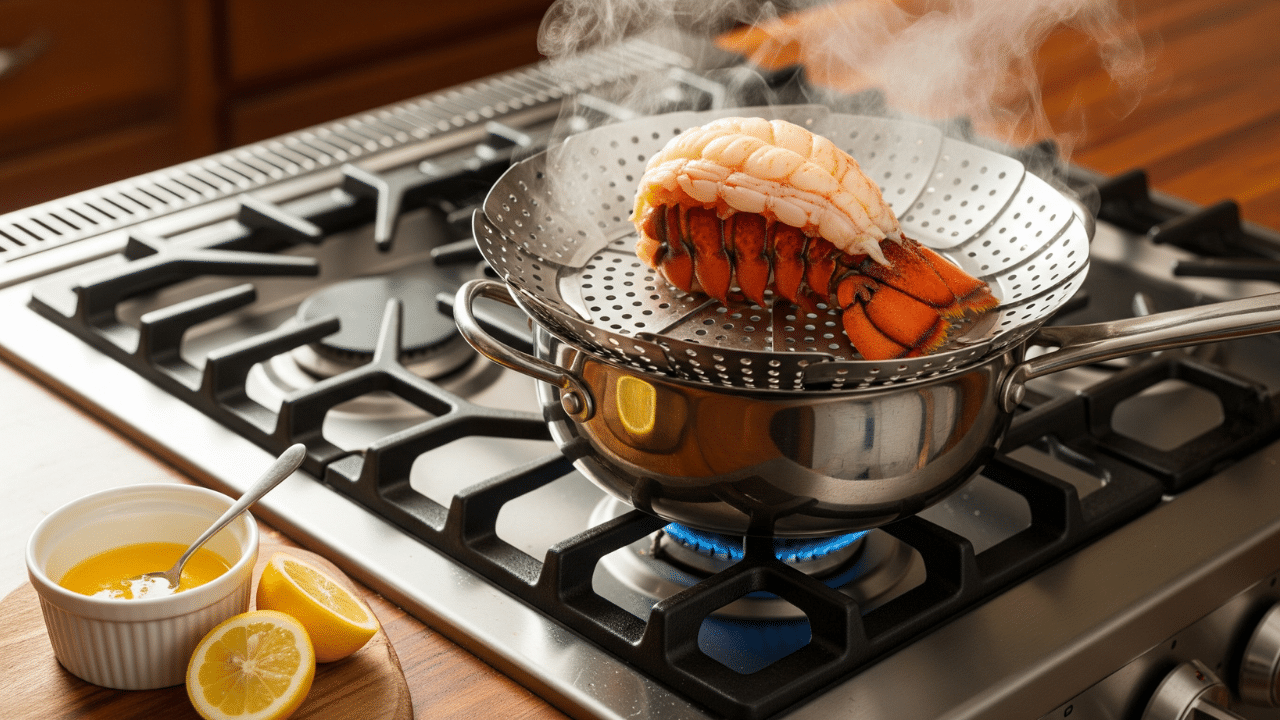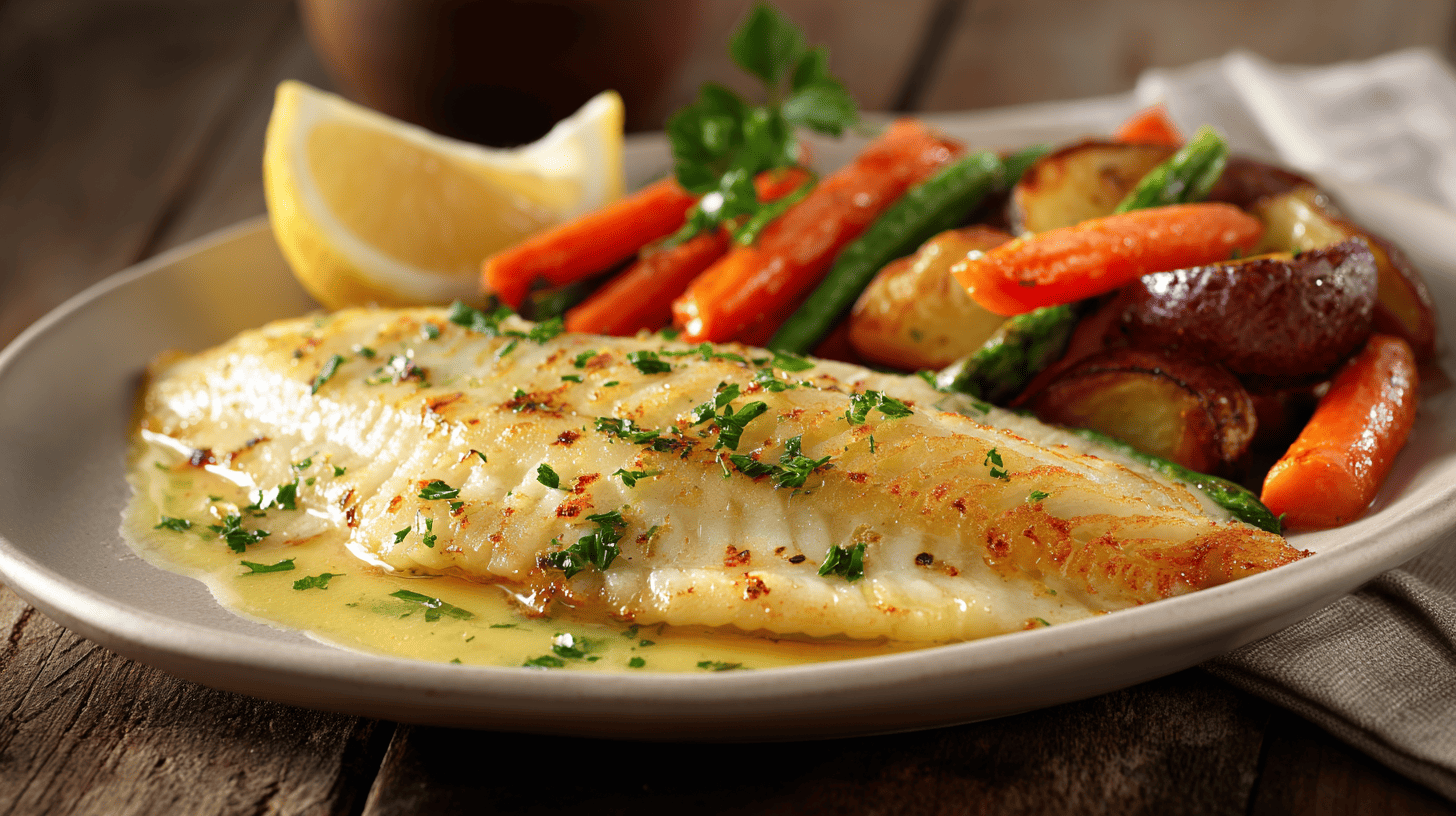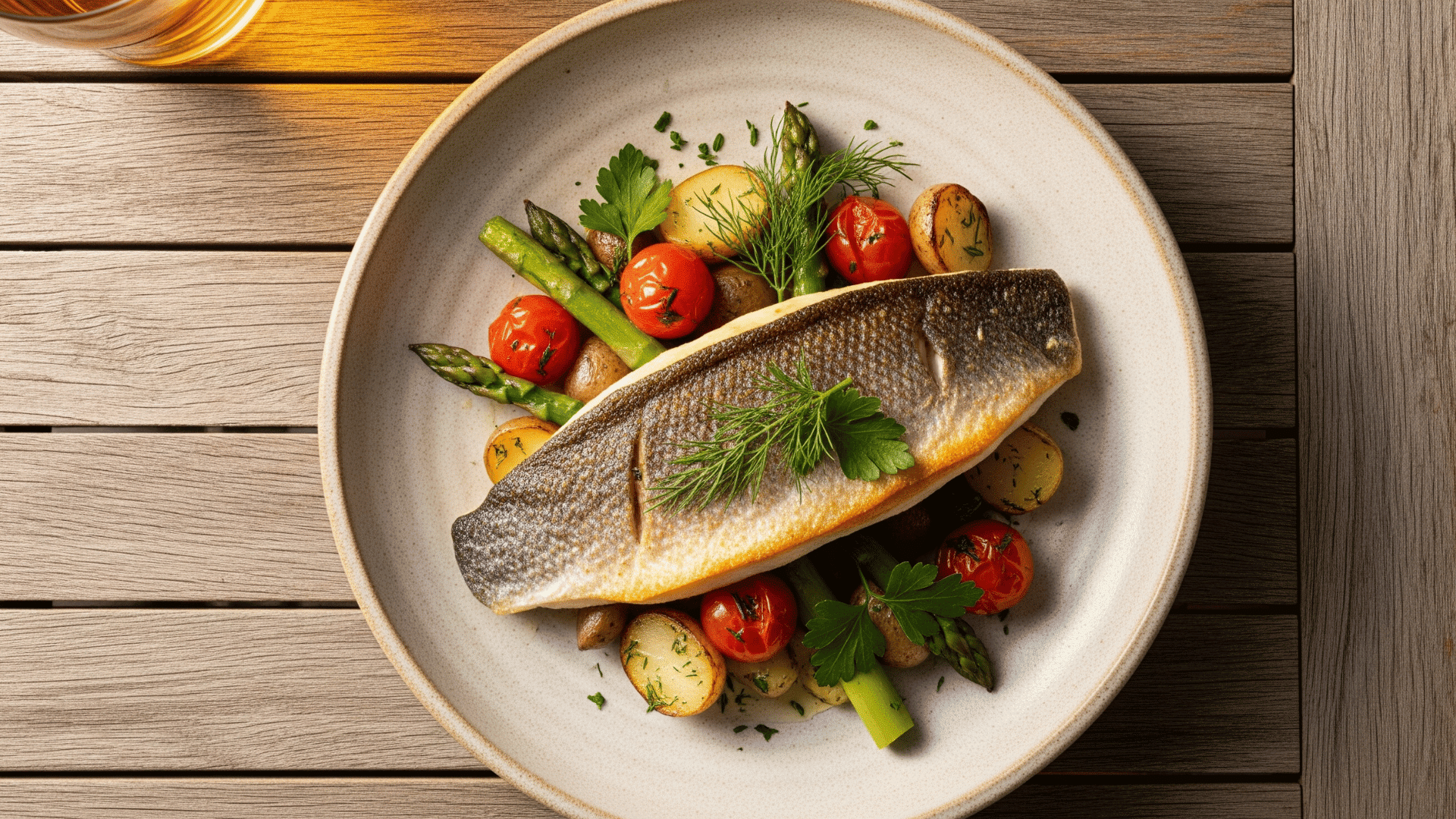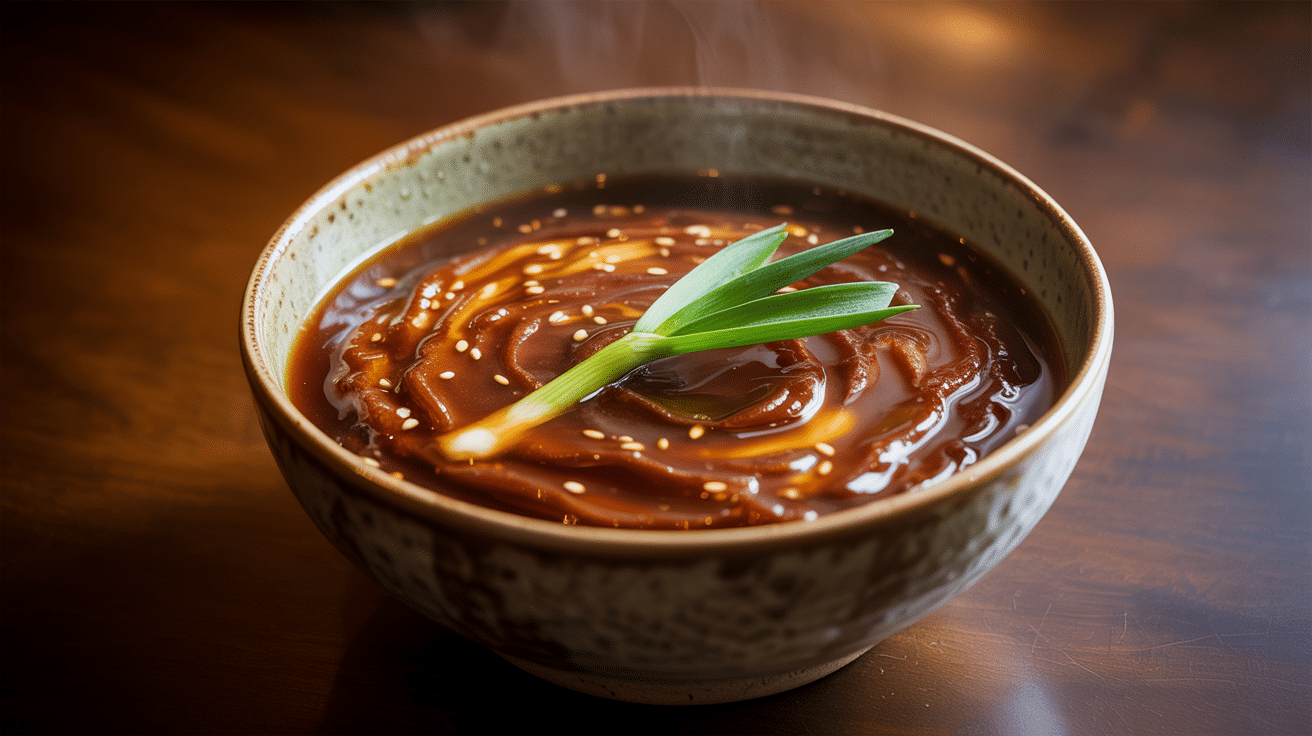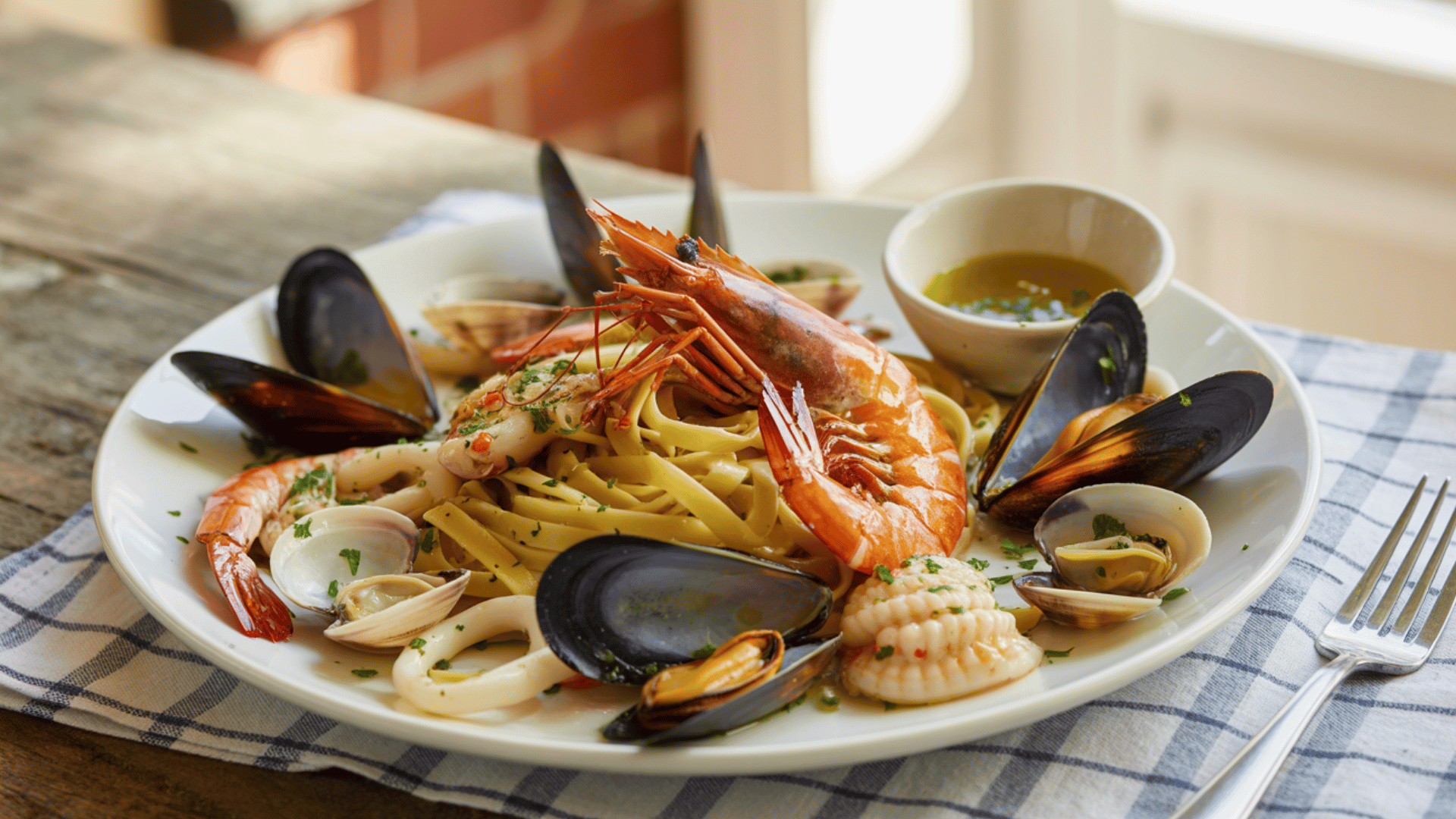Reheating lobster properly is the difference between savoring that sweet, tender meat you paid good money for and chewing through expensive rubber.
When you have invested in quality lobster or have precious leftovers from a special meal, the last thing you want is to ruin it with poor reheating technique.
However, the key lies in understanding how to reheat lobster tails and whole lobsters without overcooking the delicate protein.
In this blog, we will explore storage basics, proven community methods, technique comparisons, safety guidelines, and common mistakes that turn succulent lobster into disappointment.
How to Store Lobster Before Reheating?
Storing your leftover lobster properly is absolutely crucial for a successful reheating experience.
Pop that precious meat into the refrigerator within two hours of cooking, keeping it at forty degrees or below.
You have got a sweet spot of two to four days to enjoy it at peak quality. Need more time? Freezing works for up to three months, though the texture won’t be quite as pristine.
Here’s a pro tip: remove the meat from the shell before storing – it’ll reheat more evenly and save you hassle later.
Wrap everything tightly in plastic wrap or use airtight containers to lock in moisture and keep those funky fridge odors out.
When thawing frozen lobster, patience pays off with overnight refrigerator thawing.
Community & Forum Insights
The lobster-loving community has some brilliant tricks that’ll completely change your leftover game.
Over on the Anova forum, sous-vide enthusiasts are practically giddy about reheating lobster meat at around one hundred thirty degrees for thirty to forty minutes.
They swear it creates this incredibly buttery, tender result that rivals the original meal. But here’s what’s really telling: even without fancy sous-vide equipment, seasoned home cooks across every forum keep hammering home the same message.
Whether they are sharing steaming successes or oven victories, the golden rule stays consistent: slow and gentle wins every single time.
Various Reheating Methods Overview
Let’s walk through the most popular reheating techniques so you can choose the one that keeps your lobster tender, tasty, and far from chewy.
1. Steaming
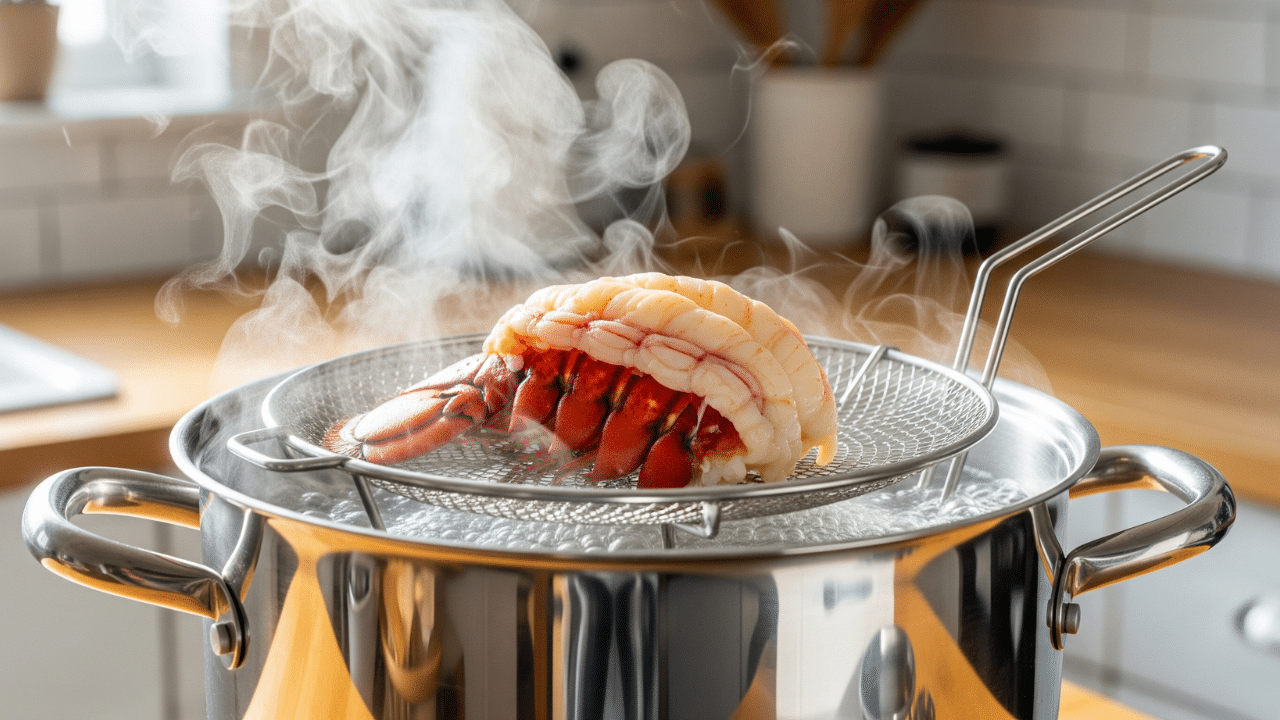
Start by boiling a small pot of water, just enough so it sits below a steamer basket.
Once it’s bubbling, place your lobster in the basket, shell and all.
Cover with a lid and let it steam for about 5–7 minutes, depending on size. You’re aiming for an internal temp of 145–165°F (63–74°C). This keeps your lobster moist and tender, none of that dried-out sadness.
2. Oven (In-Shell or Shelled)
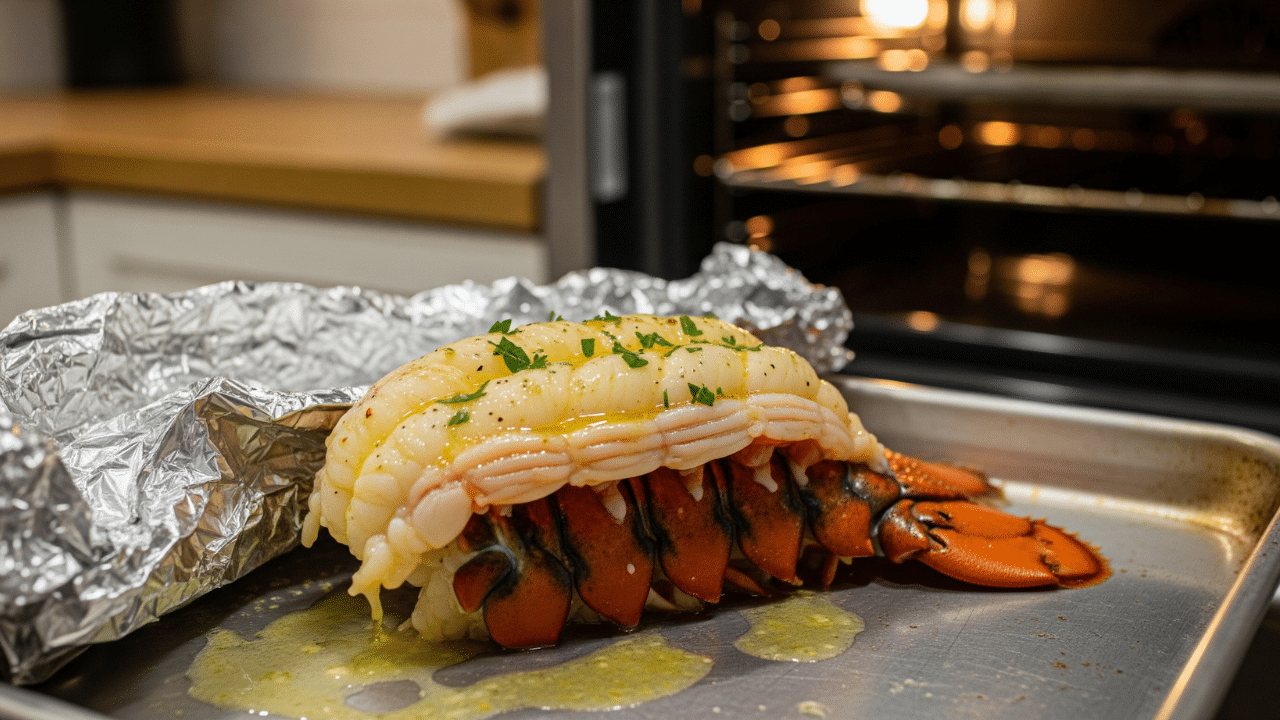
Preheat it to 350°F (175°C). If your lobster is in-shell, place it belly-up on a baking tray. If it’s shelled, tuck it into a small oven-safe dish.
Add a little melted butter or broth to keep it juicy. Loosely cover it with foil; no tight wrapping is needed. Bake for 5–15 minutes, depending on the size of your lobster.
Use a food thermometer to check that it’s properly warmed through.
3. Stovetop
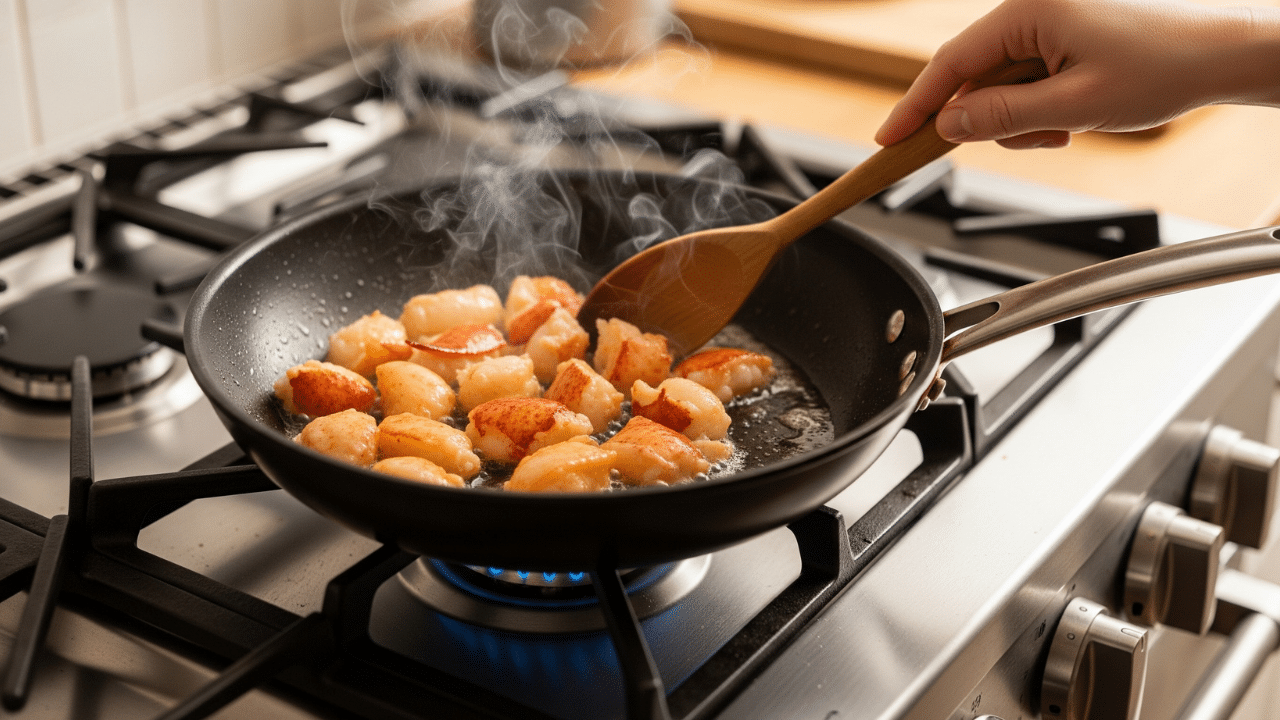
Grab a non-stick skillet and add a splash of butter or broth. Let it warm up over low heat, just enough to create a gentle sizzle, not a full-on fry.
Add the lobster meat and cook for 3–10 minutes, stirring here and there. You want it warmed through, not browned or dry.
Keep things calm and slow. Your lobster will thank you.
4. Microwave
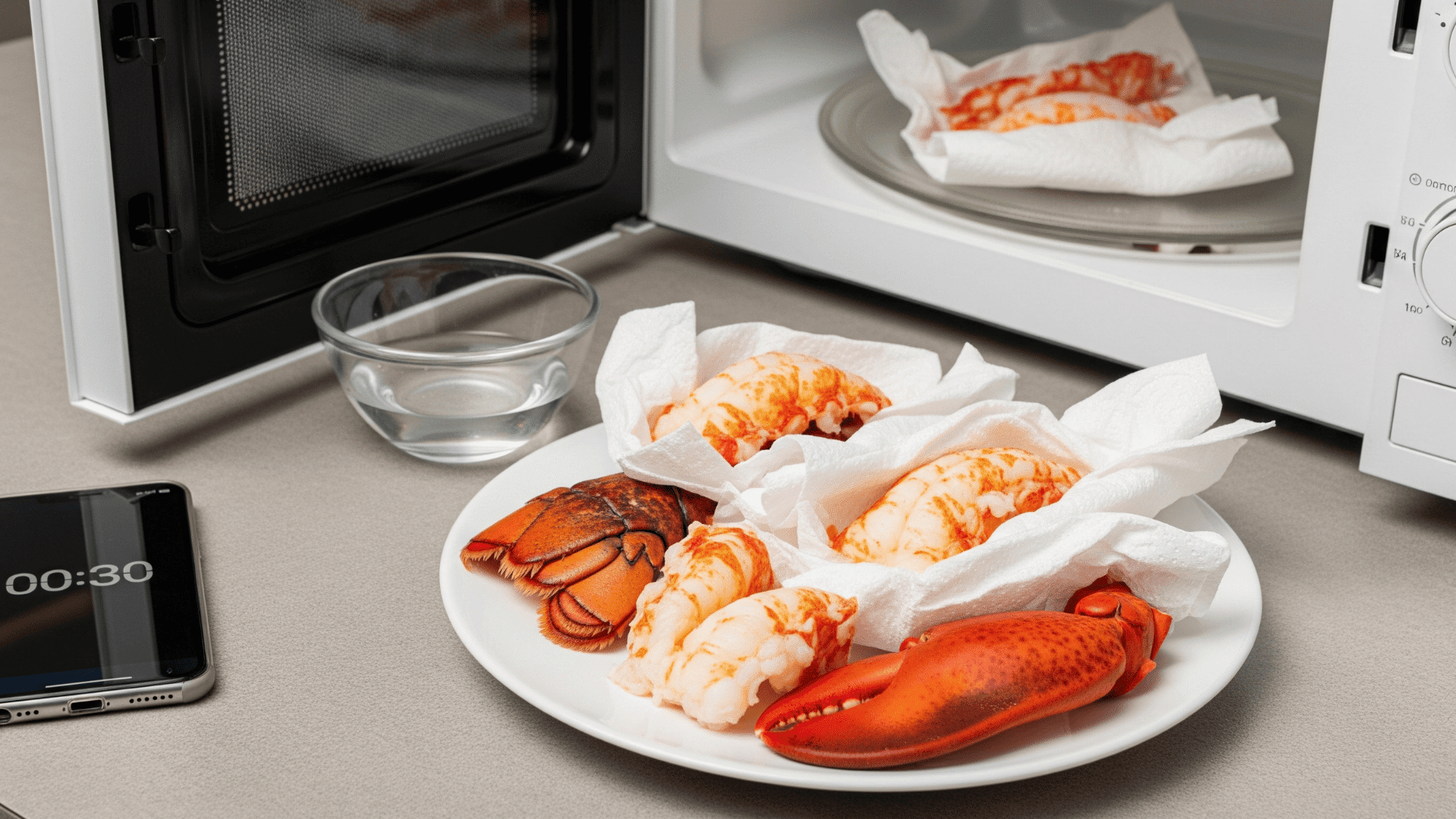
Wrap your lobster in a damp paper towel to help lock in moisture; nobody likes dry meat.
Place it on a microwave-safe plate and heat in 30-second bursts, checking between each round.
Usually, 1–2 minutes total does the trick. Go slow, or your lobster might go from luxury to chewy real fast.
5. Grilling
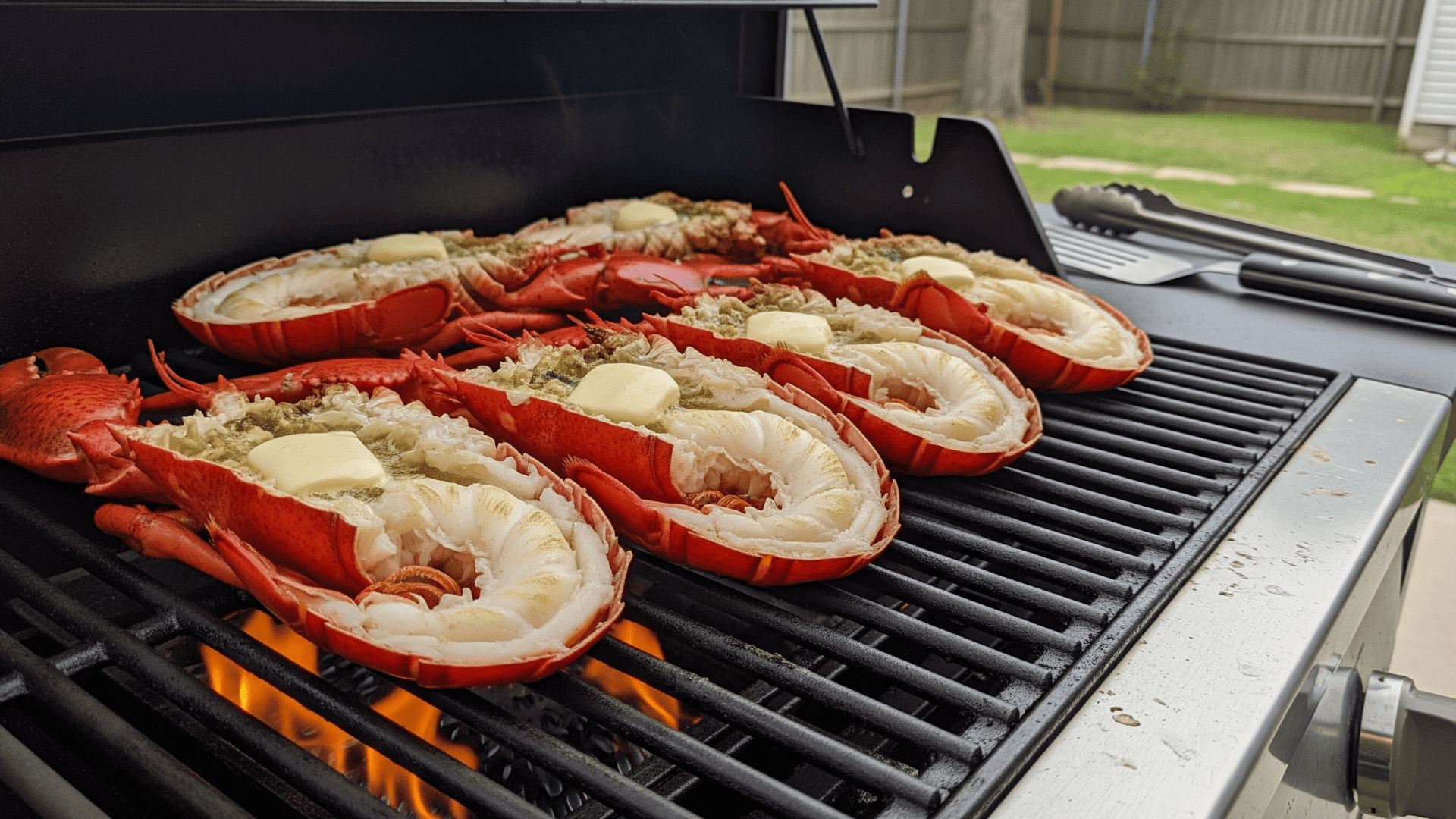
Grilling leftover lobster? Fancy!
This method adds a little smoky flavour that pairs perfectly with butter and lemon. Preheat your grill on low to medium heat. Place the lobster shell-side down, or wrap it in foil if you want a gentler cook.
Grill for 2–3 minutes per side, just until it’s heated through. No need to char it, just enough to warm and maybe get a hint of smoke.
Temperature & Safety Guidelines to Follow While Reheating
| SAFETY TIP | WHY IT MATTERS |
|---|---|
| Use a food thermometer | Make sure the internal temperature hits 145°F (63°C) or higher to stay safe. |
| Reheat only once | Reheating more than once can affect the texture and increase the risk of bacteria. |
| Only warm what you plan to eat | Saves flavor, reduces waste, and avoids overcooking leftovers later. |
Why Leaving Lobster in the Shell Works Best?
You might be tempted to take the meat out of the shell before reheating, after all, it looks easier, right?
But when it comes to keeping your lobster juicy and flavorful, leaving it in the shell is actually the better move.
The shell acts like a natural shield. It helps trap moisture inside, which keeps the meat from drying out while it heats.
Without it, the meat can lose that buttery texture and start turning tough or stringy; nobody wants that.
Not only does the shell help with texture, but it also holds the shape of the lobster.
This means your leftovers come out looking just as good as when they were first served.
Common Mistakes & Solutions While Reheating
| MISTAKE | WHAT HAPPENS | QUICK FIX |
|---|---|---|
| Overcooking | Lobster turns rubbery, dry, and sad | Use gentle heat and check the temperature with a food thermometer |
| Microwave mishaps | Uneven heating or scorching in spots | Heat in short bursts (30 secs) and rotate between rounds |
| No cover while reheating | Moisture escapes, and flavor takes a hit | Always use a lid, foil, or a damp paper towel |
| Reheating more than once | Quality and safety go downhill fast | Only reheat what you’ll eat in one sitting |
That’s a Wrap
With a little care and the right method, you will keep all that delicious flavor and texture you fell in love with the first time.
When learning how to reheat a lobster tail or figuring out how to reheat lobster tails from last night’s dinner, the secret stays the same: low heat, patience, and a generous pat of butter.
Trust the process, resist the urge to rush, and you’ll be rewarded with tender, succulent meat that tastes like it just came off the boat.
After all, good lobster deserves a proper second chance, and butter makes everything better, especially leftovers.



